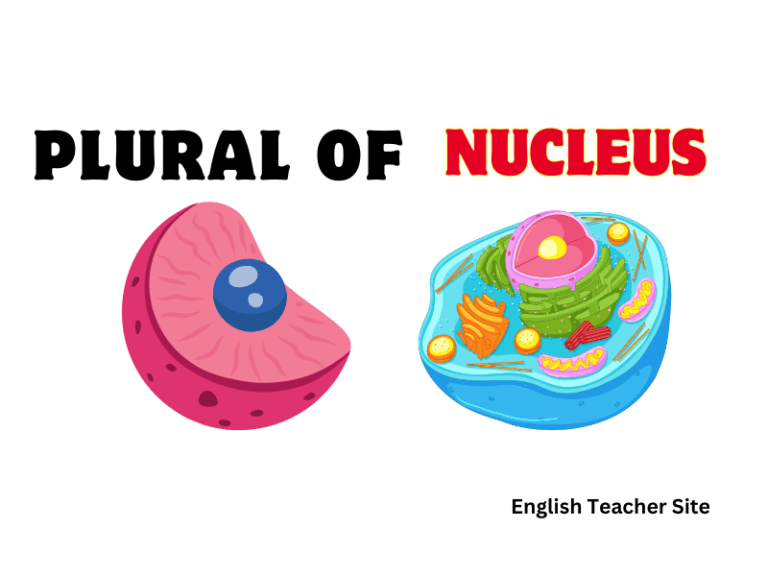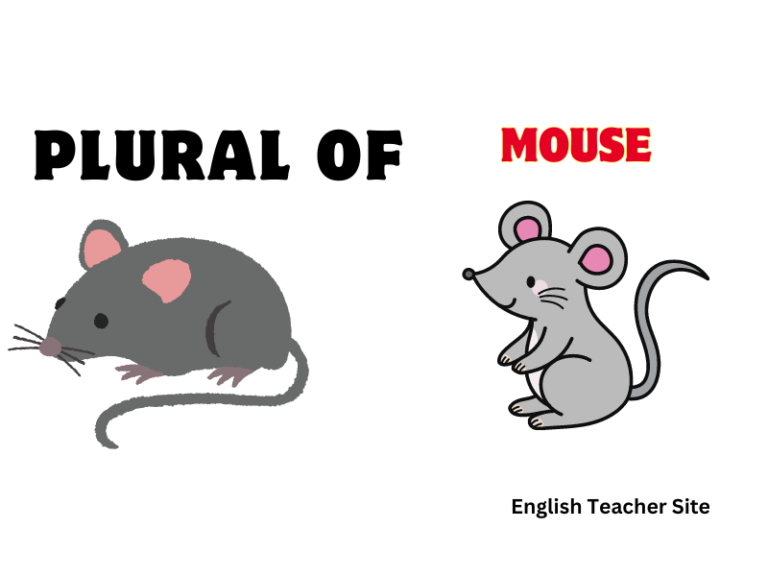What’s the Plural of Offspring: Understanding Singular and Plural Forms
The word “offspring” refers to the young born to a parent or parents, applicable to both humans and other living organisms. In English, both the singular and plural forms of “offspring” remain the same. This characteristic is not unique to “offspring,” as it is shared by other mass nouns in the English language, which do…










